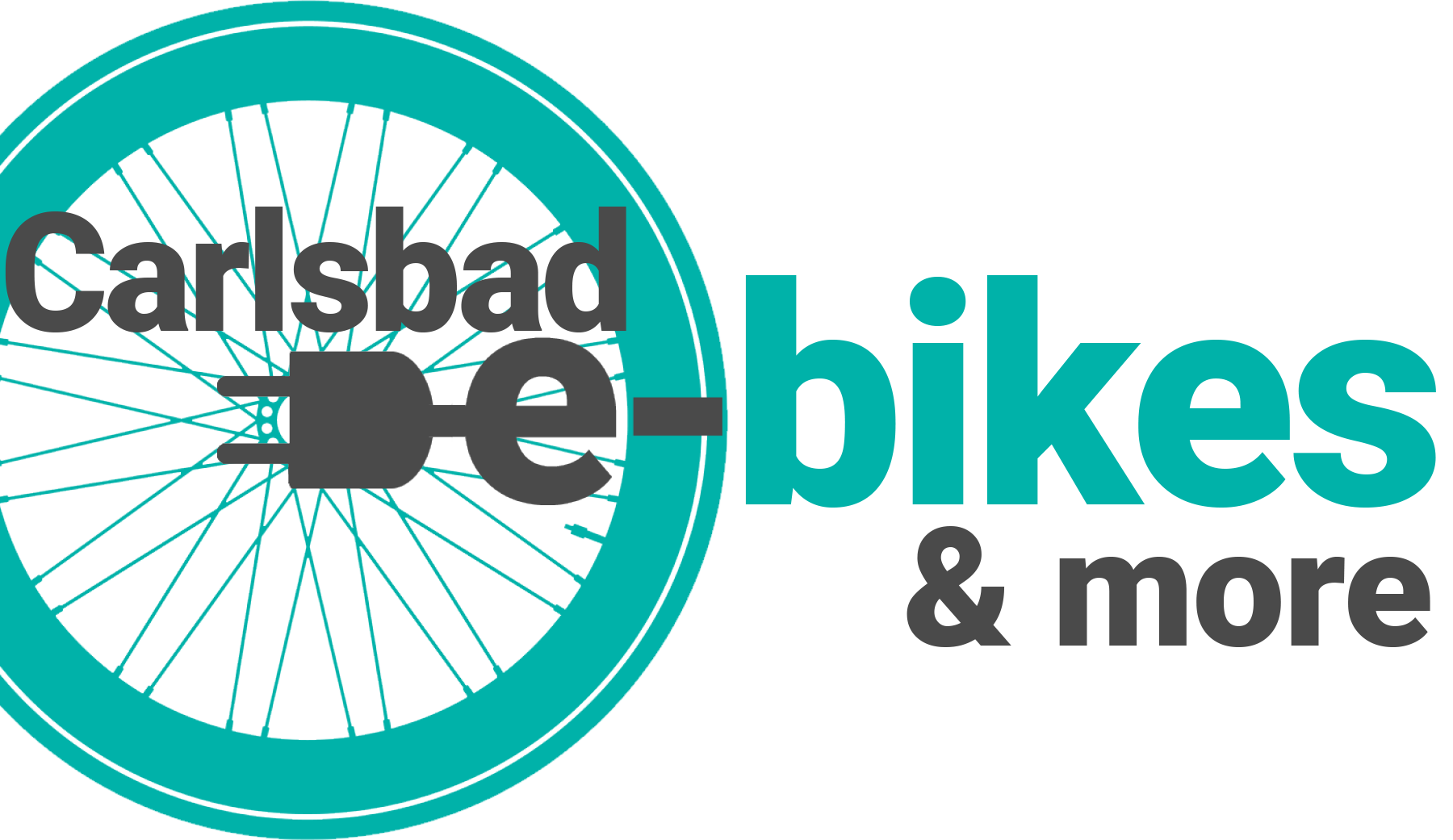Knowing This Could Save A Life
Bicycling is not just a fun activity; it’s also a great way to stay fit, go where you need to, and reduce your carbon footprint.
We can’t stress this enough: Safety should always come first when riding, and one of the most important safety precautions you can take is wearing a properly fitted helmet.
An accident on a bike can be catastrophic. Injuries can range from minor scrapes and bruises to more severe fractures, head injuries, and even fatalities.
Head injuries are among the most serious and potentially life-threatening injuries for cyclists. Even a low-speed fall or collision can result in a traumatic brain injury if the cyclist is not wearing a helmet. Concussions, skull fractures, and brain contusions are common head injuries sustained in bike accidents.
Do you know how to fit a bike helmet? Many people do not. Many people also do not know how to correctly wear a helmet.
We’ll walk you through the steps to ensure that both the adults and kids you know have a helmet that fits and is worn correctly, reducing the risk of a serious head injury in an accident.
How To Fit A Bike Helmet
Below are the things to watch for when looking for the perfect fit on a helmet.
Size Matters
Helmets come in various sizes, so it’s crucial to measure your head circumference accurately. Use a soft tape measure to determine the circumference of your head, just above your eyebrows.
Match this measurement with the size chart provided by the helmet manufacturer to find the right size.
Positioning
Place the helmet on your head so that it sits level, covering your forehead. The front edge should be about an inch above your eyebrows.
Adjust the side straps to form a “Y” shape just below your ears, with the slider sitting comfortably under your ears.
Buckle Up
This is important! Fasten the chin strap securely. You should be able to fit no more than two fingers between the strap and your chin. The buckle should sit flat against your skin without causing any discomfort. A loosely strapped helmet will not protect you and may come off in an accident.
Final Checks
Give your helmet a gentle shake. It should feel snug and not move more than an inch in any direction. Adjust the straps and the fit until it feels secure. Ensure that the helmet doesn’t obstruct your vision in any way.
Special Considerations for Kids
Kids pose a bit more of a challenge when fitting helmets. Here are the things to watch out for when fitting kids.
Choose the Right Helmet
Kids’ helmets come in various styles, including ones with fun designs and characters.
While aesthetics matter to kids, prioritize safety by choosing a helmet that meets safety standards and fits properly.
Get Them Involved
When fitting a helmet for a child, involve them in the process. Explain the importance of wearing a helmet correctly and make it a fun activity by letting them choose their favorite color or design.
This rider is not using the straps correctly. The helmet staps should be snug beneath the chin,
The rider on the left is wearing the helmet correctly, and the rider on the right is not using the straps correctly. The helmet straps should be snug beneath the chin.
.Check The Fit Regularly
Kids grow quickly, so it’s essential to check their helmet’s fit regularly.
Make it a habit to measure their head circumference every few months and adjust the helmet accordingly.
Lead by Example
Children are more likely to wear helmets if they see adults doing the same. Set a good example by wearing your helmet, and wearing it correctly, every time you ride, whether it’s a short trip to the grocery store or a long-distance ride.
Let the know about the shake test and let them help you test your fit, too
Go Ride!
Fitting and wearing a bicycle helmet correctly is a simple yet crucial step in ensuring the safety of all riders. By following these guidelines, you can ensure that your helmet provides the necessary protection in case of an accident.
Remember, a properly fitted helmet can make all the difference between a minor mishap and a serious debilitating injury. So, before you hop on your bike or let your kids ride to school, take a moment to check that the helmet fits securely and is being worn properly. It could save a life.
Let’s ride!




